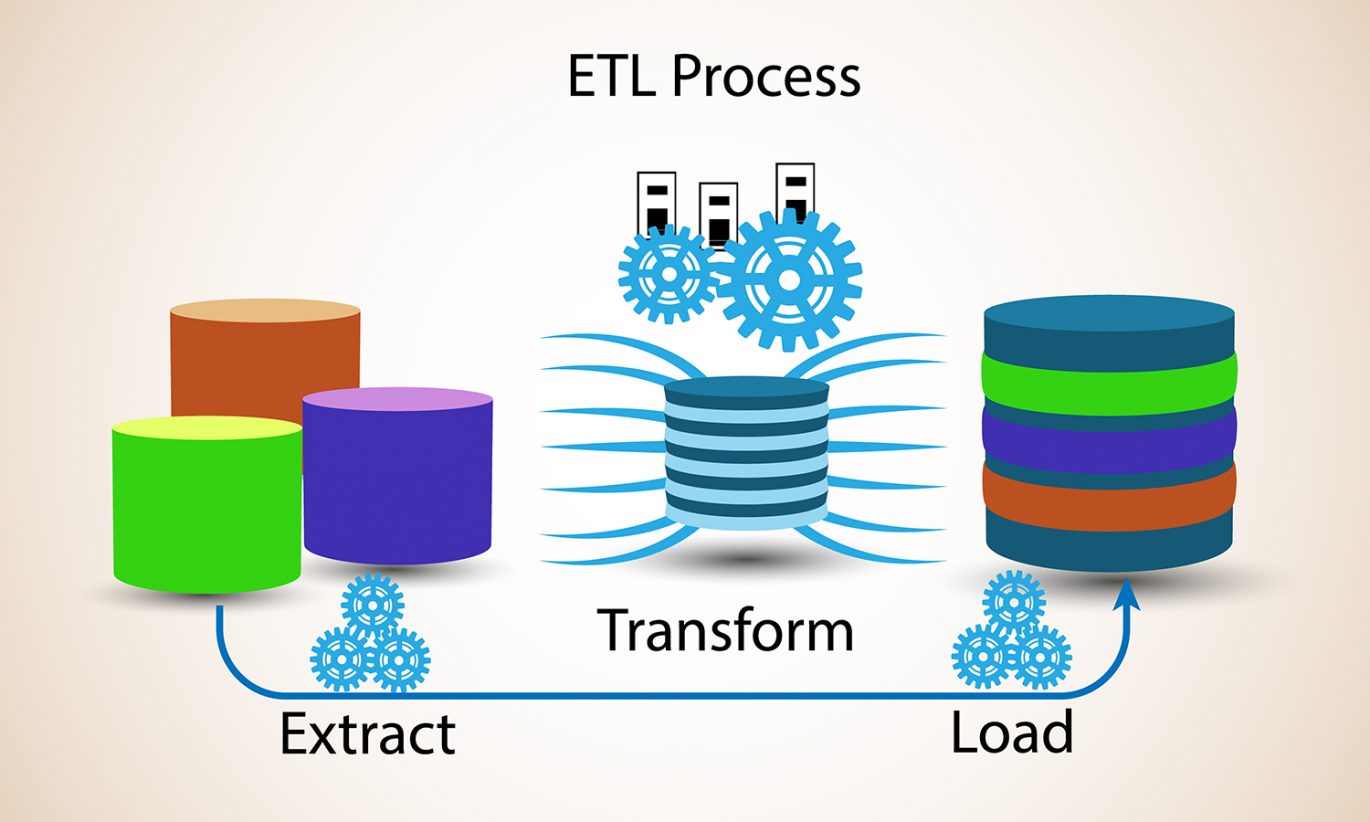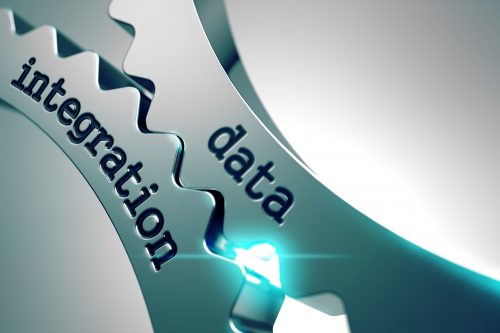ETL creates data pipelines.
ETL extracts data from multiple sources.
ETL transforms, processes, loads, and automates data .
ETL saves time, budget, and resources.
ETL is the lifeblood of any successful business.
ETL is not dead. Never will be.
We need to understand one reality and that is, the death of Extract, Transfer, and Load (ETL) is simply not possible because the whole business intelligence ecosystem depends on it. There have been speculations in the past and there will be speculations in the future about how and when the ETL process will fade away. But my question is, how can you consider ETL dead when the process of ‘extraction’, ‘transformation’, and ‘loading’ is always ongoing?
As long as we’re using data to drive our processes, we will need to have solutions that let us restructure it according to our needs. Making raw data usable, is impossible without ETL.
Even Andreaz Kretz, an ETL expert has answered this question in detail in his video.
Yes, it is true that the dynamics of how we wrangle data have changed with time. Tools have made it possible to shift data from IT staff to ‘data’ experts. This has somewhat changed the structure of ETL pipelines from what it looked like a few years ago. Less time is now being spent on building processes and more on extracting relevant insights. But the crux of the whole picture is still the same:
ETL continues to play a crucial role in business success!
Modern ETL: Is it Really Dead?
Around two decades ago, ETL processes involved a lot more coding. Automation was a tedious job and it took ETL teams days and sometimes weeks to create an integration possible. Adjusting that integration for multiple data sources was an even more cumbersome task.
Since structuring data from multiple sources like PDFs and scanned copies was not even possible, insights were limited to only a few sources that businesses could handle.
Moreover, these ETL processes were built only for a few sets of users because everything needed to be coded from scratch for a new process. In this reality, large scale integrations were simply unthinkable.
Fast forward two decades and we have ETL software that can handle almost any of these complex data integration tasks. Preparation, extraction, transformation, ingestion, automating the whole process, adding job schedulers to it – all is possible with these latest ETL software. Moreover, these software are performance-focused. So, where a data integration process took days, the same objective can be achieved today in a matter of minutes.
ETL vs ELT vs Data Wrangling vs ELK
ELT stands for Extract, Transform, and Load while ELT means Extract, Load, and Transform. The concept of ELT and ETL are considerably similar. However, in ELT there is no need for a staging area because one can perform all the transformations on the end repository, usually a data warehouse.
ELT is a lot faster than ETL because it loads the data first. Once the data is loaded into the system it can be transformed. However, it isn’t always efficient. Especially in areas where compliance with regulations is more important such as finance, healthcare, and now even retail.
That’s where ETL helps with data compliance and data privacy. In short, industries where data privacy regulations are critical still use the ETL approach.
Similarly, there is another concept that’s making data experts believe that ETL is dead. This concept is called data wrangling. Now in data wrangling, the objective is to structure complex, diverse, largescale data. A good example will be a sentimental analysis from Facebook comments. While this type of data is huge it isn’t structured or purpose-focused. Data wrangling is the job of business experts or end-users. Mostly these business experts are business analysts with hands-on experience of data science tools.

Source: i2tutorials.com
On the other hand, ETL is used for structuring and loading of data from multiple sources to destination(s). ETL is mostly done by IT experts who load the data into a data warehouse for business intelligence purposes. It is a repetitive task and needs to be done on a regular basis.
Companies that are working with multiple departments, units, or subsidiaries are getting information in multiple formats. This information is of no use if it is not structured in a single format. That’s where the ETL approach shines.
Then, there is another approach in data management called the ELK approach. The Elasticsearch, Logstash, and Kibana (ELK) approach is focused on helping users extract data from any source, in any format, and to search, analyze, and visualize that data in real-time. However, ELK is limited to text and log analysis software. It doesn’t offer transformations and restructuring of unstructured data – something that is the core job of ETL. Moreover, ELK requires that the logs are already available on the server. It can’t access data from multiple sources.
How ETL Has Transformed
ETL is not dead; it has transformed with time to cater to the growing demands.
No-Code
ETL software is now completely code-free. This means ETL is no longer a process designated to the IT or ETL experts. Even business experts without any knowledge of coding can use ETL software like Astera Centerprise and many others to create ETL pipelines for their businesses.
Data Virtualization
ETL software now offers a data virtualization layer. This means data doesn’t need to be extracted from its original source. Instead, a virtual layer will be used to show data and to perform all the calculations on it. This layer can then be consolidated on the destination. However, no changes occur on the sourced data marts.
Data Quality
Data compliance and regulations are a big part of the ETL process. Previously, ETL experts had to ensure that they are meeting data quality standards through various checks that were added manually to the integrations. However, ETL software has these checks pre-built. For example, most ETL software today follow HIPAA, GDPR, CCPA, and other standards to ensure complete data protection.
Business Logic
ETL is a complex process and needs to be run periodically. It is not a one-time event that you can use to improve your business efficiency. And ETL software now understands this business logic. That’s why they now include automation and job scheduling features. Today, with this software, business experts can create ETL pipelines and automate them with the click of a button. All this saves hours of arduous work that was performed manually in the past.
Verdict: ETL is More Relevant than Ever
It is clearly evident that ETL is used in all types of data transformations as we have explained above. It also means that no new approach is changing ETL any time soon because it is the basis of all the approaches that we use today. Consider ETL the root and all other approaches as its branches.
What it means is that ETL will remain relevant for years to come until businesses stop using data for productivity analysis. Although it will keep transforming with time as is deemed necessary.
This brings us back to our point: ETL is not dead. Never will be.







